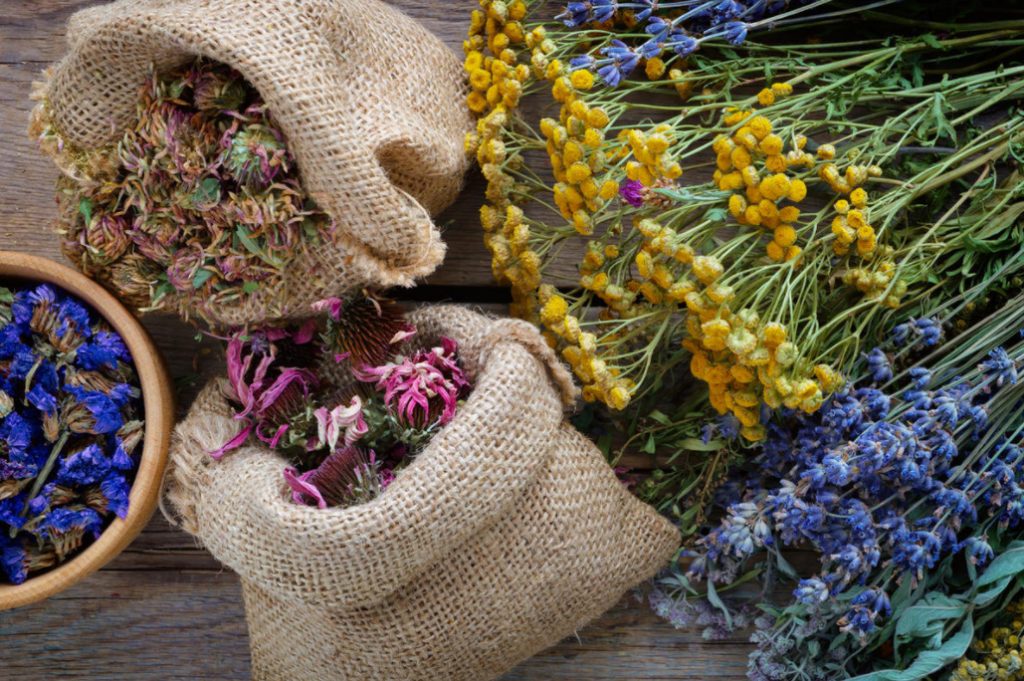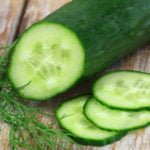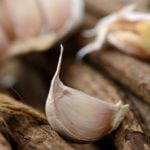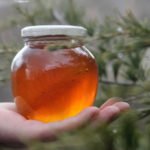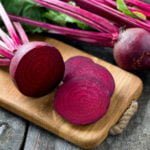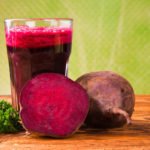One of the main arguments of the adherents of herbal medicine, which they often cite when talking about the advantages of herbal preparations over synthetic ones, is the harmlessness of herbal infusions and decoctions, the absence of side effects. But is this really the case? Alas, no.
Any herbal medicinal raw materials contain complex combinations of various active substances-they are responsible for the effect achieved as a result of the use of phytotherapeutic drugs. But to believe that this effect will always be exclusively positive is at least naive.
Our conversation today will focus on specific medicinal plants, the wrong use of which at home can be fraught with serious health problems.
Which plants are dangerous and why
By and large, almost all plants used in folk medicine, with illiterate and uncontrolled use, can do harm. Therefore, it is so important, first, to make sure that there are no contraindications, and secondly, to strictly follow the recommendations for the preparation and use of any preparations based on vegetable raw materials. Neglect of these simple safety measures often leads to complications – from allergic reactions to disorders in the most important organs and systems of the body.

However, there is a separate category of medicinal plants that are particularly dangerous. Self-medication with such herbs is categorically unacceptable! They can be used only under the supervision of a doctor, strictly observing the prescribed dosage and schedule of administration.
Sometimes supporters of herbal medicine are misled by the fact that the healing properties of a plant are confirmed by science — some perceive this as evidence not only of its effectiveness, but also of its safety. In fact, if a plant is included in the register of medicinal products (such plants are called official), it only means that its chemical composition is well studied and in a particular country it is allowed for use (including as a pharmacological raw material — for the production of medicines).

We will not talk about the dangers of well-known poisonous plants-Digitalis, Conium maculatum, Cicuta virosa, Hyoscyamus, Atropa belladonna, etc. They are rarely mentioned in all sorts of publications on medicinal herbs, since the risk of their use is obvious. Let’s pay attention to plants, the potential threat to health when consumed is often underestimated.
Chelidonium majus
A very popular medicinal plant. In folk medicine, it is used both externally-for various diseases of the skin (from scabies to skin cancer), for removing warts, lightening freckles – and inside (in the form of juice, tincture, water infusion or decoction) — for diseases of the liver and gallbladder, gastrointestinal tract, oncological diseases.
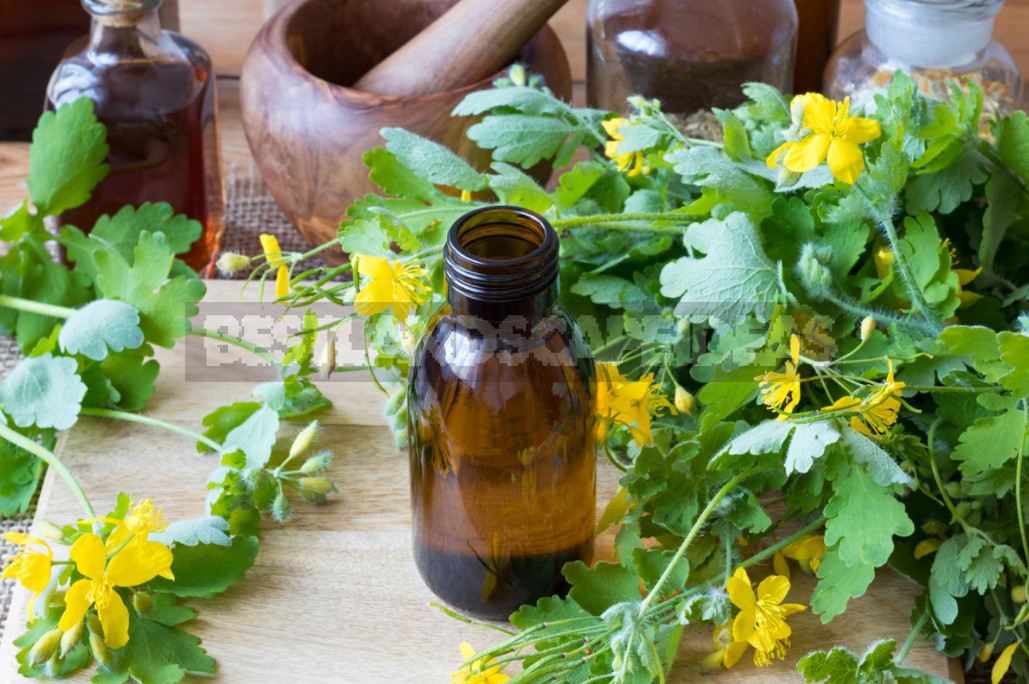
If the external use of celandine can be conditionally considered safe (although in some cases the juice causes burns), then its use inside is associated with the risk of poisoning. All parts of this plant are poisonous, taking celandine preparations requires mandatory medical supervision. Overdose (including long-term use) causes disorders in the gastrointestinal tract (nausea, vomiting, diarrhea); the greatest danger is the possible depression of the respiratory center.
Veratrum
Veratrum lobelianum serves as a raw material for the manufacture of antiparasitic drugs. Traditional medicine practices the use of this plant also for joint diseases, neuralgia (externally), and in addition, on the Internet you can find very dangerous recommendations for the use of Veratrum for the treatment of alcoholism.
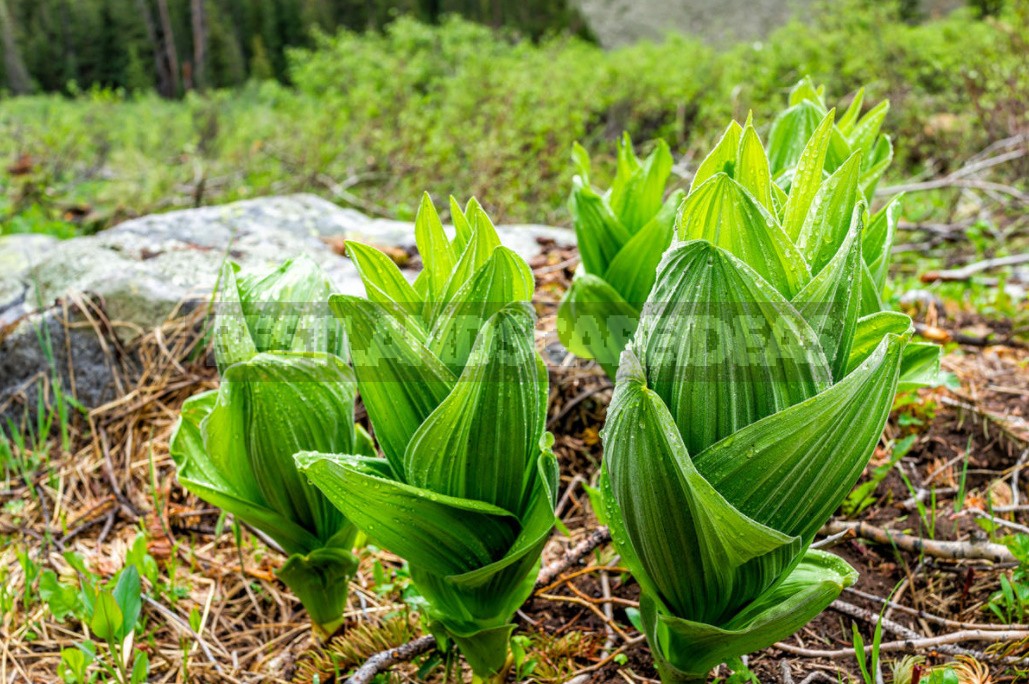
So, keep in mind: all parts of the plant and any preparations made from them are highly toxic; experiments with them can lead to poisoning, which is manifested by respiratory depression, weakening of the pulse, muscle weakness, convulsions. A fatal outcome is possible (according to one of the modern versions, it was thanks to Veratrum that the legendary commander Alexander the Great was poisoned).
Tanacetum vulgare
The flowers of Tanacetum vulgare are used as an anthelmintic and choleretic agent; in the pharmaceutical industry, they serve as raw materials for the manufacture of drugs. Traditional medicine uses the plant also for gastrointestinal diseases, gynecological problems, rheumatism; externally (in the form of compresses, baths or lotions) – for purulent wounds and ulcers, joint pain, bruises, leg cramps.
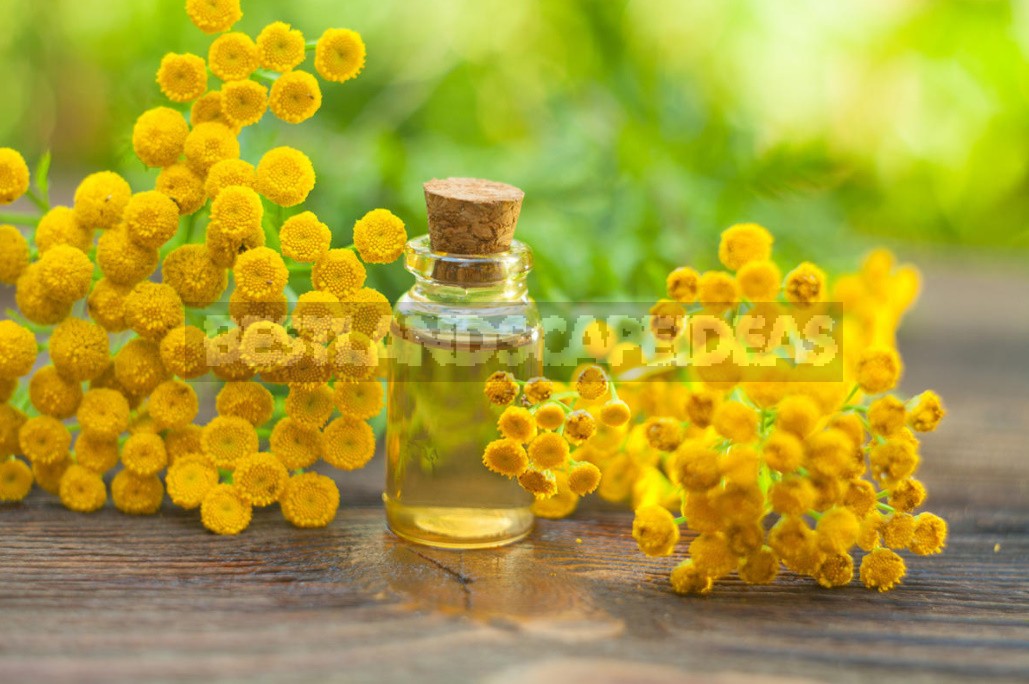
This vegetable raw material is toxic and requires strict compliance with the recommended dosage. Poisoning is also possible with unreasonably long-term use of drugs based on Tanacetum flowers. It is manifested primarily by disorders of the gastrointestinal tract (abdominal pain, nausea, vomiting, diarrhea); with severe poisoning, there are also symptoms of damage to the nervous and cardiovascular system (dizziness, anxiety, excitement, accompanied by increased motor activity, convulsions, decreased blood pressure, slowing pulse, edema). Especially severe consequences are possible in children and pregnant women, so they are contraindicated in taking tansy preparations.
Symphytum officinale
Symphytum is a plant that has been used since ancient times by folk medicine in the treatment of poorly healing wounds, ulcers, boils, fractures (externally), as well as inside — for gastrointestinal diseases, tuberculosis, bronchitis. Over time, a variety of ready-made ointments, creams with comfrey extract and dietary supplements containing this plant appeared on sale. However, science does not stand still, and sometimes new research can change the traditional, centuries-old attitude to individual medicinal plants. This is exactly what happened with Symphytum.
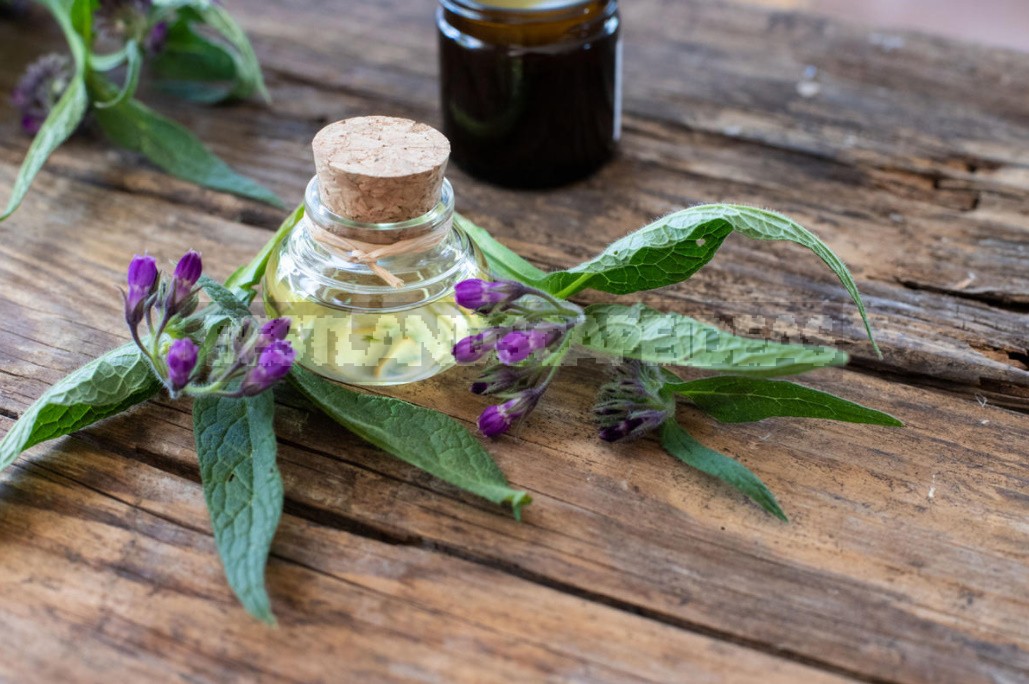
Modern studies indicate that the alkaloids contained in Symphytum officinalis are toxic to the liver and have other dangerous properties for health, so today in a number of countries the production and sale of dietary supplements containing this plant is limited or completely prohibited. Of course, it is strongly not recommended to prepare any preparations of Symphytum for internal use-do not risk in vain, there are many other medicinal herbs that can be used without the risk of causing serious harm to the body.
Viscum album
Viscum album has a fairly wide range of applications (hypertension, atherosclerosis, kidney diseases, certain types of cancer). In folk medicine, it has been known since the time of Avicenna as “the cure for all diseases”. The practice of using Viscum in the traditions of different countries may differ, but nowadays most often people who are looking for a cure for malignant tumors resort to folk recipes using this plant.
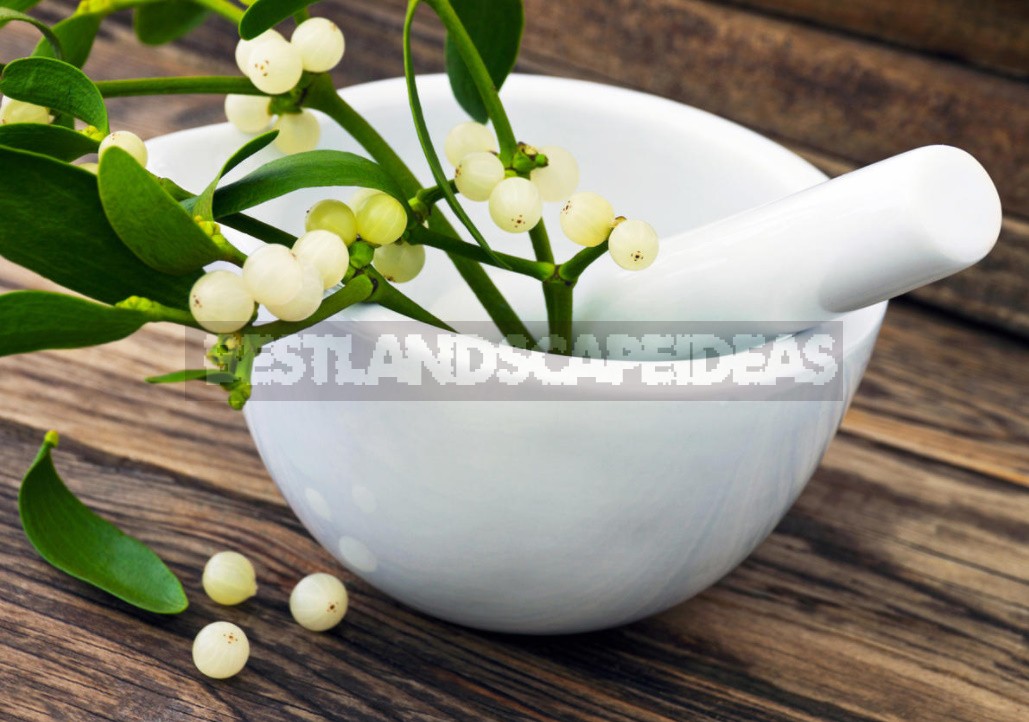
Experiments have shown the effectiveness of Viscum water extract in inhibiting the growth of malignant tumors and inhibiting metastasis, but self-medication is strictly not recommended. Viscum album is a poisonous plant, its overdose (including long-term use) causes depression of the central nervous system and cardiac disorders.
